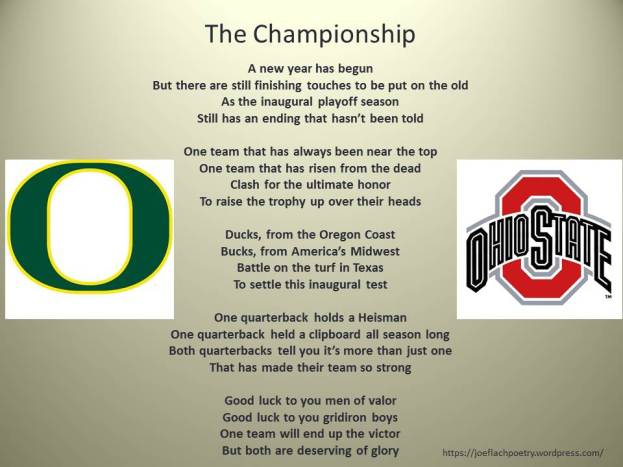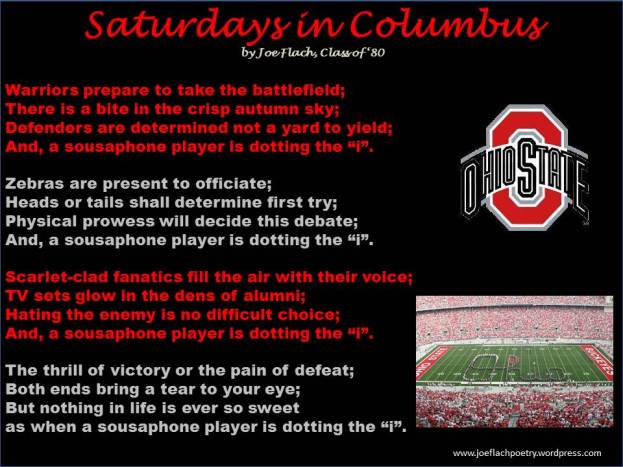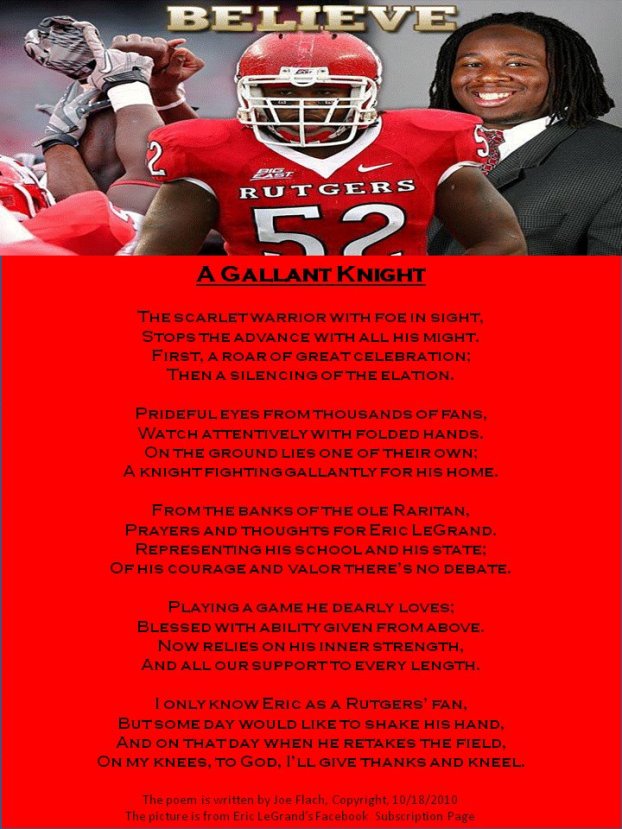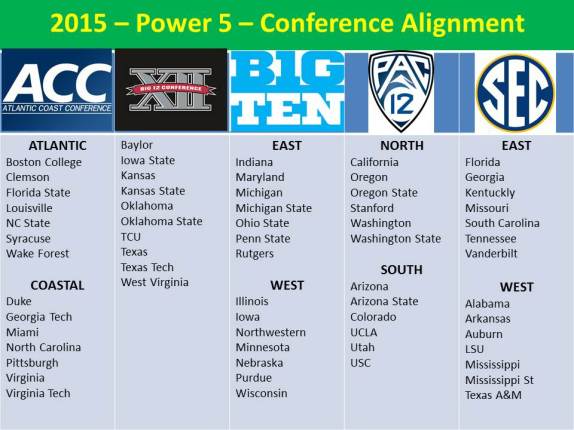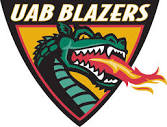National Signing Day, the first day High School seniors can officially commit to the college they will attend, is just around the corner, Wednesday, February 4. If you have found yourself to this blog that is probably something you already know and are looking forward to.
No real surprises are expected, as regards to the top classes; there may be a few individual commit surprises, but not enough to drastically change the class rankings. In some people’s minds it’s just more of, “the rich getting richer”. Some Other Dude thinks of it more as, “the rich staying rich”. One of the downfalls of signing such elite classes year after year is the resulting high number, relatively speaking, of early declarers into the NFL Draft each year – so, SOD thinks of it more as replacing your riches as opposed to adding to them.
If you look at the Class Rankings from any number of Recruiting Web Sites, you see the same, usual suspects at the top of the list. The ESPN Top 10, for example, lists, in order from 1 – 10: Alabama, Florida State, Clemson, Georgia, Tennessee, USC, Ohio State, Texas A&M, Texas, and Notre Dame. All elite programs, maintaining their elite status. To no one’s surprise, 6 out of those 10 teams finished 2014 in the AP Top 25 rankings. Just the rich staying rich.
So, it seems to SOD that this pattern of Top Classes stays pretty consistent from year to year. This would support the feeling that the elite schools in college football stay pretty constant from year to year. I wonder, thinks SOD, am I influenced by recent events, or does history bear this out? If we grouped college football programs into classifications, such as: Elite Programs; Near Elite Programs; Middle of the Road Programs; Below Average Programs; and Bottom Dwellers, how hard is it for one program to move from one grouping to another, and, how often does that occur?
Just relying on SOD’s instinct, it seems there are not that many programs that have moved into Elite or Near Elite status in recent history. Just go down this years’ Final AP Poll and put a label on each program and how long they’ve been in that classification. Go ahead, I’ll wait.
SOD, using only his instinct and, rather challenged, memory, labeled the Top 10 this way:
- Ohio State – Elite for a long time
- Oregon – Relatively new Elite
- TCU –Near Elite, moving upwards
- Alabama – Elite for a long time
- Michigan State – Moves between Elite and Near Elite
- Florida State – Moves between Elite and Near Elite – Mostly Elite
- Baylor – Newly Near Elite, moving upwards
- Georgia Tech – Fluctuates through all categories
- UCLA – Moves between Elite and Near Elite
Interested to see if facts support perception, SOD found this web page that lists the total number of appearances each school has in the final AP Poll throughout the years.
At the top of the list is Michigan, with 57 appearances. The Wolverines have fallen on hard times of late but have had a long enough history of being an elite program that it is going to take more than a few years of mediocrity to knock them from this group. And, Jim Harbaugh might have some magic to help get them back into the club.
Tied for 2nd with 54 appearances are Oklahoma and Ohio State. Elite and elite, although Oklahoma is at risk of slipping a bit if they don’t get back into Top 10 levels soon.
And, as you continue down the list there are no real surprises – one elite program after another. Those with a deep history of being top programs are the same ones that are tops today – for the most part. Certainly you have programs that have periods of mediocrity sprinkled in, but, you wouldn’t be surprised to see them bounce back to the top soon. For instance, programs like Tennessee, which hasn’t had a Top 10 team for some time, weighs in at #9 all time. The Volunteers haven’t finished in the final AP Poll since 2007, when they were ranked #12, and haven’t been in the Top 10 since 2001 (#4). Tennessee is slipping down the list, but, it wouldn’t be a huge surprise to see them back in the polls in the near future, especially given their Top 10 ranking in this year’s recruiting class.
This list does suggest that some of today’s better programs are new members to the Elite and Near Elite category, as SOD suspected. TCU, a team that probably deserved a spot in this years’ playoff, ranks 29 on the all-time list. Oregon, an elite program today, ranks only 39 on the list. The Ducks have only 15 appearances in the Final AP Poll, 14 of them since 1994 and 11 appearances since 2000. So, the Ducks are proof that a program can move up through the classifications – but, they are that rare breed.
And, there are programs, like Georgia Tech, that seem to enjoy a roller-coaster ride through the classifications. The Yellow Jackets have 25 appearances in the final rankings scattered throughout the decades, never staying too long and never being absent for too long.
So, let’s do one final comparison; let’s compare the Top 25 in the Final AP Poll for the decade years against 2014.
- The 2010 Final AP Poll included 11 of the same teams as in the Final 2014 Poll.
- The 2000 Final AP Poll included 10 of the same teams as in the Final 2014 Poll.
- The 1990 Final AP Poll included 6 of the same teams as in the Final 2014 Poll.
- The 1980 Final AP Poll included 7 of the same teams as in the Final 2014 Poll.
- The 1970 Final AP Poll included 6 of the same teams as in the Final 2014 Poll
- The 1960 Final AP Poll included 7 of the same teams as in the Final 2014 Poll.
- The 1950 Final AP Poll included 4 of the same teams as in the Final 2014 Poll.
- The 1940 Final AP Poll included 3 of the same teams as in the Final 2014 Poll.
NOTE: The 1940 – 1980 Polls only ranked the Top 20 teams.
So, if you go back far enough, the list of elite teams changes a bit more drastically, but, over the past 50 years or so, it appears that it is rather difficult for teams to move up on the elite program scale. But, programs like Oregon and Baylor show that it can be done. And, there are other programs, like Rutgers for instance, that have slowly moved up from Bottom Dwellers to Middle of the Road that could be on the precipice of Near Elite or higher, especially given the recent change in conference affiliation.
It is a slowly changing landscape, but, if you root for one of those teams on the journey, it can be a fun ride.


